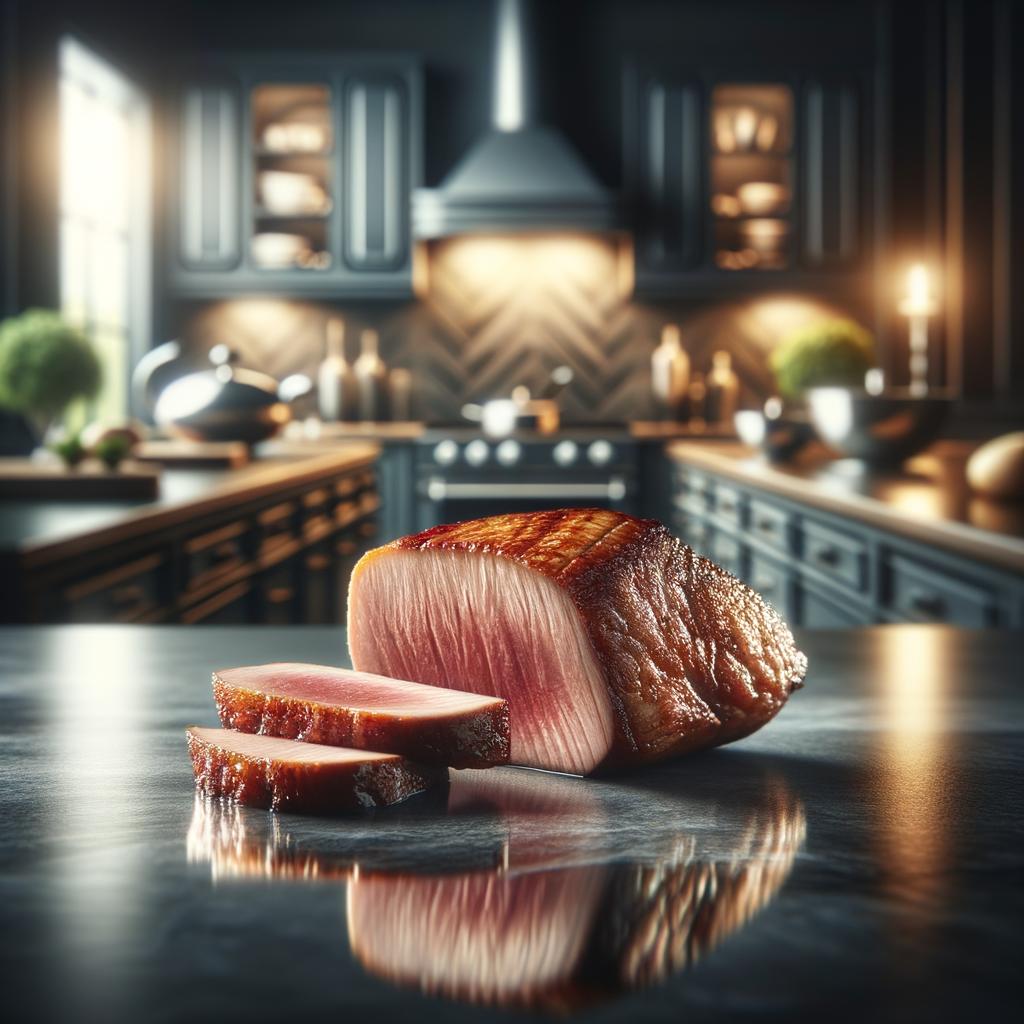Duck Breast

Description Duck breast, a delicacy in many parts of the world, is a cut of meat that comes from the chest of a duck. It is characterized by its rich, dark meat, which is covered by a layer of thick, fatty skin. The flavor profile of duck breast is distinctively robust, with a deep, gamey taste that is more akin to red meat than poultry. The texture is tender and succulent, provided it's cooked correctly. What sets it apart from similar ingredients like chicken or turkey is its layer of fat under the skin, which when properly rendered, forms a crispy, delectable crust that is highly sought after by gourmands.
Primary Uses Duck breast is commonly used in a myriad of cuisines, from French to Chinese. In French cuisine, it is often served as 'Magret de Canard', a pan-seared duck breast with a sweet and tangy sauce. In Chinese cuisine, it's a key component in the famous Peking Duck, where the breast is roasted to perfection and served with pancakes and hoisin sauce. Apart from culinary uses, duck fat rendered from the breast is used in cosmetics for its moisturizing properties.
History The history of duck as a culinary ingredient dates back to the Ming Dynasty in China, where it was a staple in the imperial kitchens. The French, on the other hand, began using it in the 16th century, when it was discovered that the ducks used for foie gras had deliciously fatty breasts. Over time, the use of duck breast has spread worldwide, and it's now a prized ingredient in many high-end restaurants. There's an intriguing story that the French King Henry IV declared that every peasant in his kingdom would have "a chicken in his pot every Sunday." However, in Gascony, where ducks were more common, this phrase was often adapted to "a duck in his pot."
Nutritional Information Duck breast is not just a gastronomic delight; it's also a powerhouse of nutrition. It's rich in protein, providing essential amino acids necessary for muscle growth and repair. The skin, when rendered, yields duck fat, a healthier alternative to butter or lard, known for its high proportion of monounsaturated fats. Duck breast also contains a good amount of iron, which helps in preventing anemia, and selenium, an essential mineral for maintaining a healthy immune system. Compared to chicken, duck breast has a higher fat content, but it's important to note that a significant portion of this fat is healthy monounsaturated fat.

